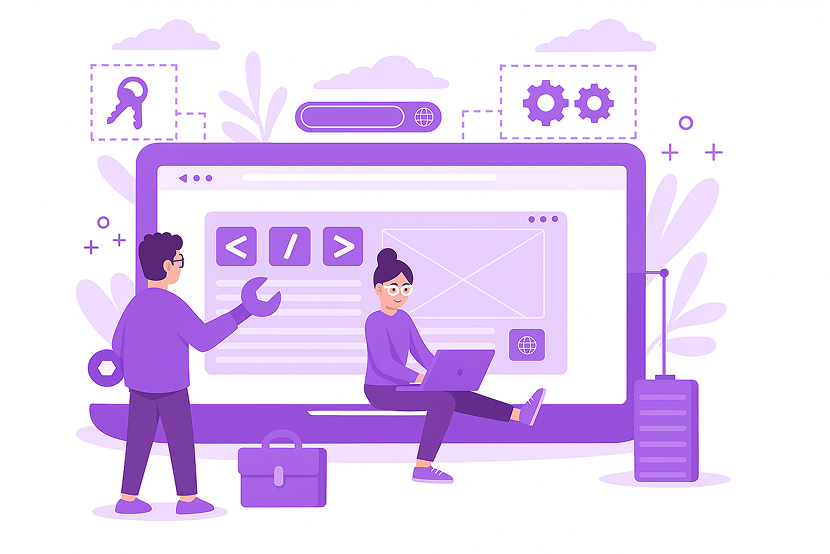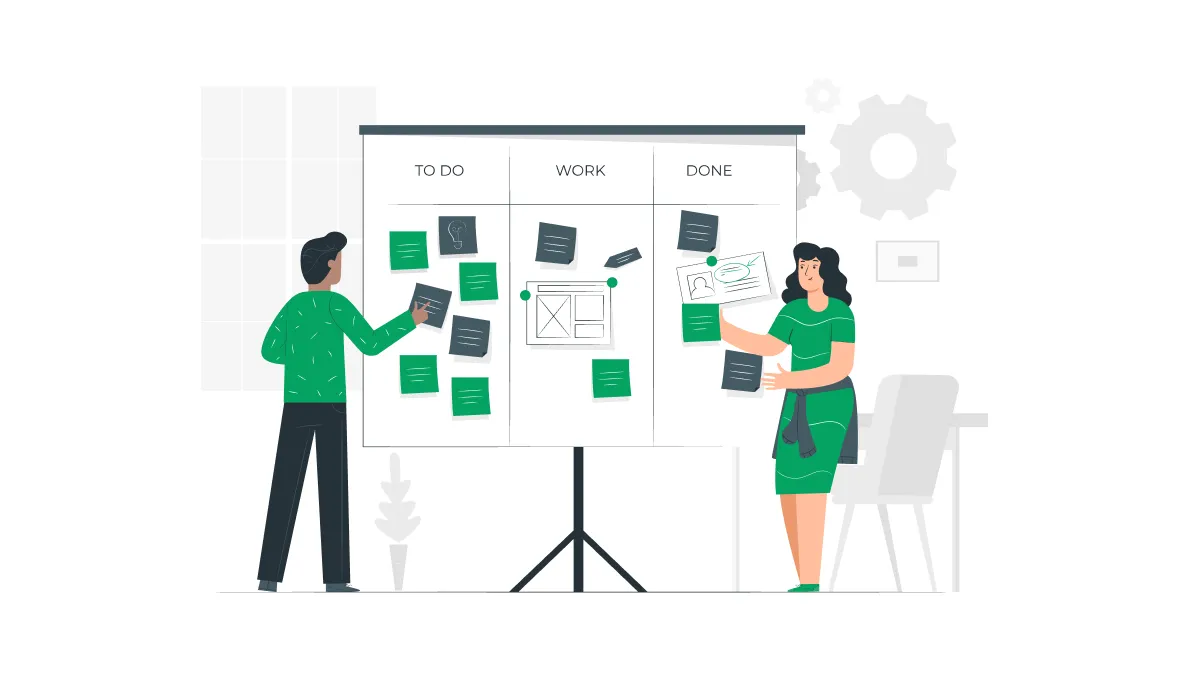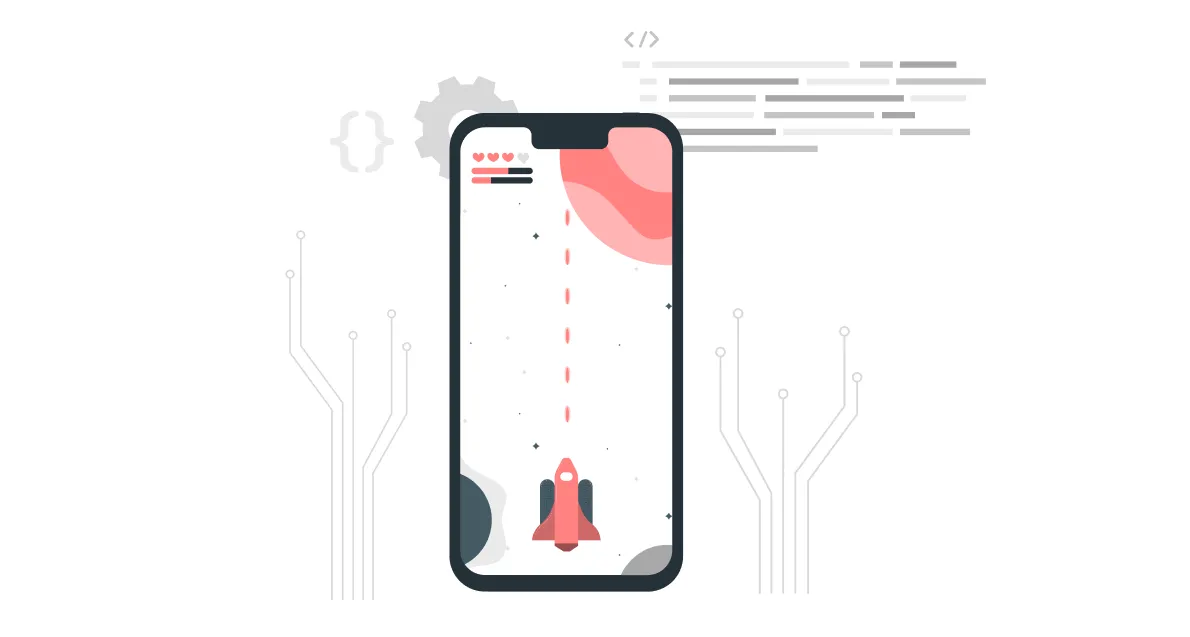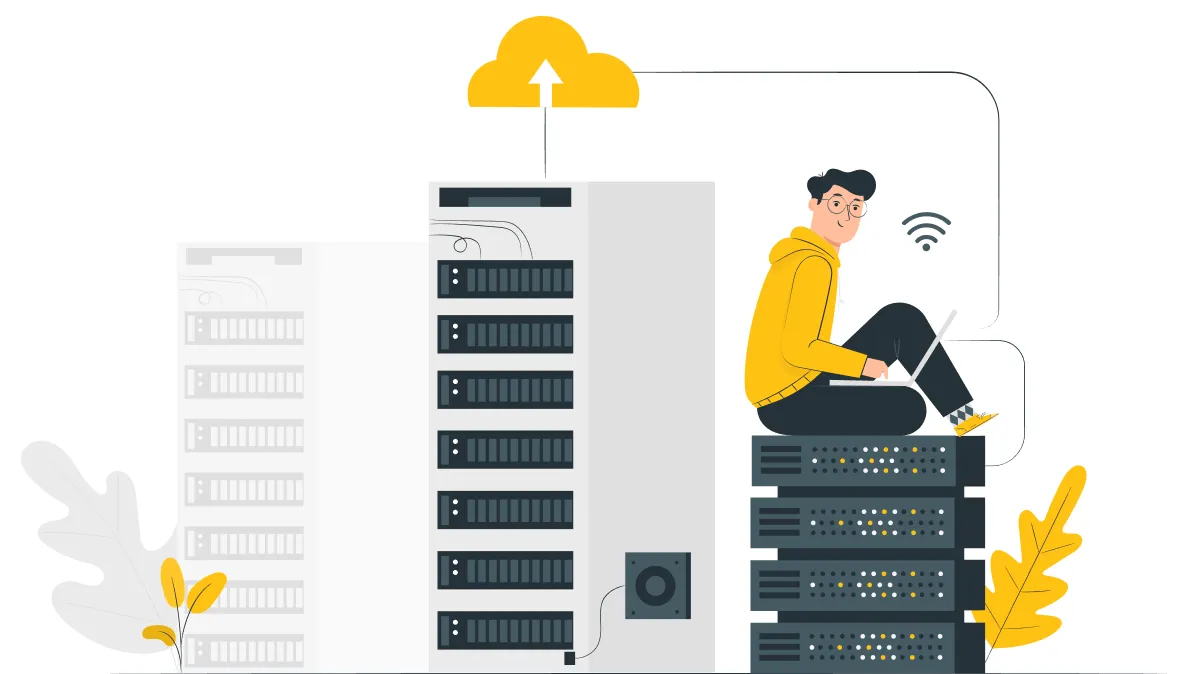How to Create a Web Application
If you're planning to launch a digital product, a web application can be an excellent starting point. It runs in the browser, requires no installation, and is compatible with most devices. In this article, we’ll walk you through how to create a web application: where to begin, what stages to go through, and what to keep in mind during development.
What is a Web Application?
A web application is a program that runs in a browser. Unlike a regular website, it interacts with users in real time, processes data, performs computations, and can function like full-fledged software. Users don’t need to install anything—just open the app in their browser.
Web applications are commonly used by businesses to automate internal processes, create user dashboards, online stores, CRM and ERP systems. They’re convenient thanks to cross-platform compatibility—one application runs on any device with internet access and a browser.
Popular Examples of Web Applications
To better understand how web apps work, look at these well-known services:
- Google Docs — a full-featured text editor in the browser
- Trello— a task management tool
- Notion — a flexible workspace for notes, databases, and collaboration
- Figma — an interface design platform
- CRM systems like amoCRM or Bitrix24
These products prove that modern web apps can replace both desktop software and mobile apps.
Benefits of Web Applications
Web applications offer many advantages that make them particularly effective for most business use cases. If you're looking to build a product with wide reach, lower development costs, and simplified user onboarding, this format is worth considering:
- No installation needed — runs directly in the browser
- Cross-platform — one app works on Windows, macOS, Linux, Android, and iOS
- Simplified maintenance — updates occur on the server, no user downloads required
- Flexibility — easy to scale, extend, and integrate
- Quick access — log in from any device and pick up where you left off
📌Real example: At Fruktorum, we developed the DocMobil web platform — an online doctor consultation service with special emphasis on data protection. Thanks to its web-based format, users can access healthcare services from any device without installation, while medical institutions manage the system securely and centrally. This enables rapid scaling across clinics and cities without compromising data control or system functionality.
Many companies begin with a web app and, after proving its effectiveness, expand the product by building mobile or desktop versions to enhance user experience.
To create desktop versions of web apps, the Electron framework remains widely used, allowing a web interface to run as a standalone application. Lightweight alternatives like Neutralinojs are also gaining popularity for faster startup performance.
On mobile devices, the following approaches are common:
- PWA (Progressive Web App) — behaves like a native app, can be added to the home screen, supports offline mode and push notifications
- Capacitor — a modern framework that wraps the web app in a native shell with access to device APIs (camera, GPS, push, etc.)
- WebView — a quick way to embed a web product in a mobile environment, often used during MVP development
Thus, a web app is not just a first step but a flexible technological foundation that can be scaled and adapted to desktop, mobile, and offline environments.
Web Application Development Stages
The development process includes several key stages:
- Goal Setting & Market Research — define objectives, study competitors, and identify user needs
- Architectural Design — choose an approach: monolithic, microservices, SPA, or PWA
- Prototyping & UI Design — create a clear structure and user journey
- Technology Selection — the stack depends on your needs (e.g., Vue.js or React for frontend, Node.js or Django for backend)
- Development — implement logic, backend, integrations, and databases
- Testing — ensure performance, security, and UX quality
- Deployment — host the app, configure domain and SSL3
- Maintenance & Growth — fix bugs, update features, monitor user feedback
Understanding these basic steps allows you to tailor the process to your specific case. Often, stages may overlap or include tasks from other phases. For example, while working on the UI design, QA teams may prepare test cases that later form the backbone of testing. Or the project scope may shift mid-development based on insights from testing. Grasping the core phases helps you adapt development to your product’s needs.
Key Considerations in Web Service Development
Creating a web application is more than just writing code. It's a comprehensive process involving architectural planning, thoughtful UX design, infrastructure decisions, and constant alignment with business goals and user behavior.
To ensure your web application is scalable, reliable, and valuable, you should think about these key technical and product aspects early on:
🔹 User Experience (UX)
The application must be intuitive and easy to use:
- Minimal steps to complete tasks
- Logical interface structure
- Fast navigation
- Design that adapts to user habits
💬 Fruktorum insight: The earlier you address UX, the fewer risks and rework you'll face later. We've seen cases where ignoring UX during early stages led to a drop in key metrics after launch.
🔹 Security
Data protection should be a top priority:
- Encryption of user data
- Protection against XSS, CSRF, and SQL injection
- Secure authentication and role-based access
Security is crucial both for user trust and compliance with legal and industry standards.
🔹 Responsiveness
The app should render and function correctly across all devices—from smartphones to widescreen monitors. A responsive interface improves user loyalty and reduces bounce rates.
🔹 Scalability & Load Handling
Your project should be ready for growth:
- Scalable architecture
- Load balancing
- Auto-recovery and failover support
- Containerization (e.g., Docker/Kubernetes) as a reliability standard
🔹 Continuous Updates
A web app should evolve over time:
- Gather user feedback
- Fix bugs
- Roll out improvements
- Adapt to changing market needs
🔹 Design, Architecture & Testing
For apps targeting a wide audience, these three pillars are vital:
- Design — defines the ease of user interaction
- Architecture— ensures stability and extensibility
- Testing — identifies bugs before users do
Neglecting any of these areas can lead to user loss—or worse, legal issues due to data leaks.
✅ Final Thoughts
These critical aspects must be addressed early—they determine how reliable, scalable, and successful your product will be.
Conclusion
Launching a web application is more than just writing code. It’s about choosing the right architecture, prioritizing the user, ensuring scalability, and protecting data.
Fruktorum can help you take your idea from concept to a stable, high-quality product—quickly, transparently, and with a strong focus on excellence.







